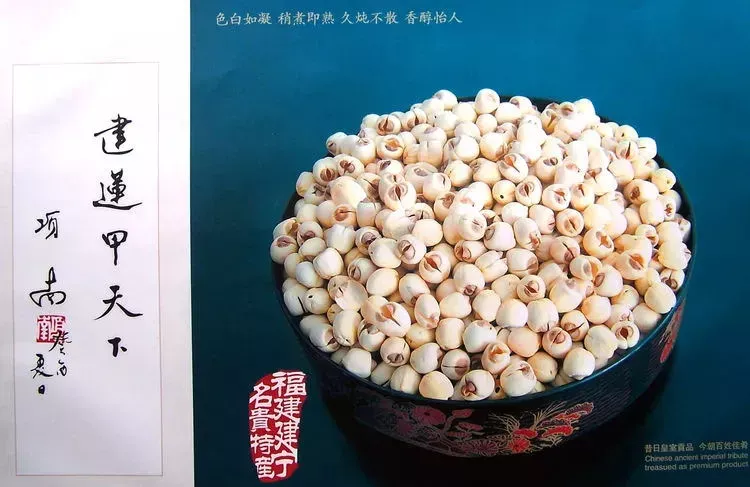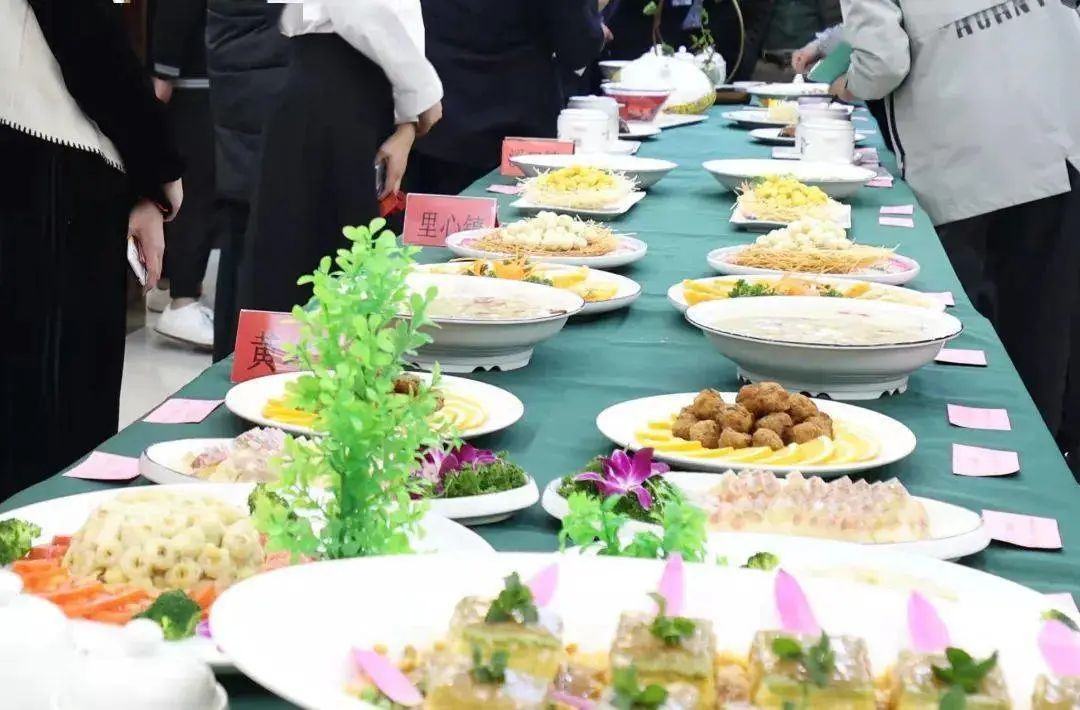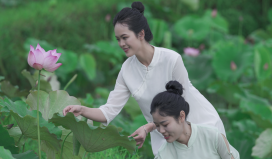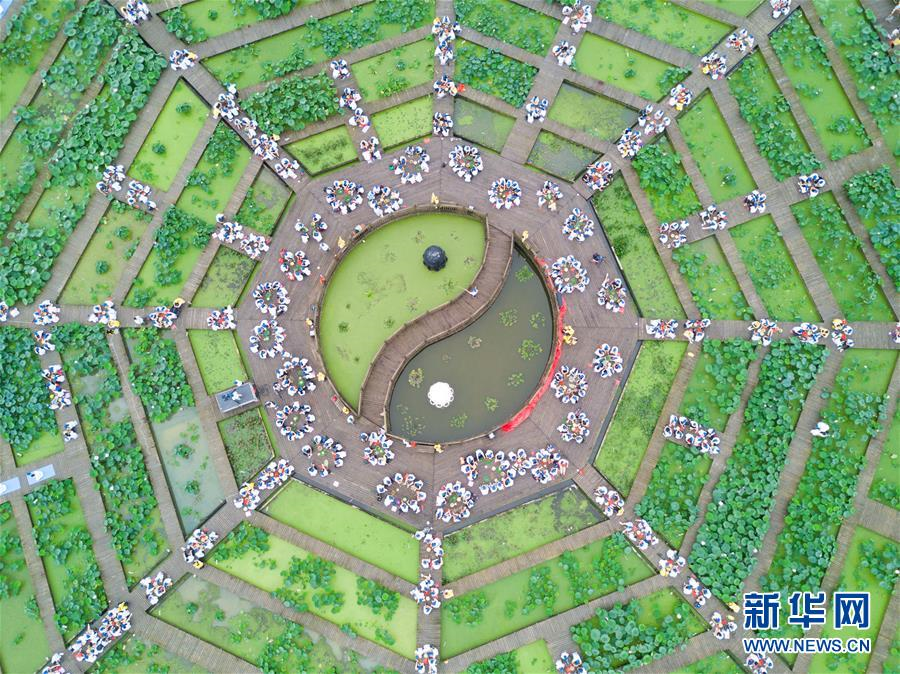The China-EU Agreement on Geographical Indications officially entered into force on March 1, 2021. It is China's first bilateral comprehensive and high-level agreement on the protection of geographical indications (GIs), and an important and practical outcome in the development of China-EU economic and trade relations in recent years.
We will continue to introduce to you the first batch of 100 Chinese GIs and 100 European GIs under the Agreement, to better protect and market them to meet the needs of consumers on both sides for a better life.
GI Episode 30: Jianning White Lotus Nut
Jianning White Lotus Nut, as the name suggests, is produced in Jianning, a county of Sanming, at the southern foot of the middle section of Wuyi Mountains in Fujian province. Under subtropical marine monsoon climate, the county enjoys abundant sunlight, heat and water resources, and the soil is rich with organic matters. Its natural conditions and climate are favourable for the growth of lotus seeds as they accumulate starch and proteins, etc., which give them a fine texture and delicious taste, and make them easy to cook but hard to fall apart.

The lotus seeds are a traditional agricultural product in Jianning whose lotus planting could be dated back to AD 921, more than 1,000 years ago. In ancient China, the dried lotus seeds produced here were known as "the best of all lotus seeds," and were listed as a tribute to the emperors, hence the name "the tribute lotus seed." They even appear in the 10th and 52nd chapters of A Dream of Red Mansions, a masterpiece novel written by Cao Xueqin.


The Jianning white lotus seed is big and plump, round and creamy white, and can be served as food and herbal medicine. It is not only delicious but also good for human health.


There are strict rules about how to make Jianning White Lotus Nut. The fresh lotus seeds must be collected and processed on the same day, There are many steps to be taken: removing the seeds from the seedpod, breaking the lotus shell, peeling the lotus film, removing the lotus embryo, drying the seeds in the air, and baking them with charcoal.


Since 1994, local government has adjusted the distribution of crops to suit local conditions, promoted rice-lotus crop rotation and intercropping, and improved the cultivation of lotus with the help of technology. As a result, lotus planting, once limited to only a dozen villages shortly after the Liberation, has engaged nearly all households and villages in the county. Jianning’s lotus cultivation area has remained stable at about 50,000 mu, with an annual output of over 4,000 tons, and the industry chain churns out an annual output value of 2.42 billion yuan, making it the largest production base of dried white lotus seeds in Fujian. The white lotus seeds have become the number one agri-food product in Jianning and a major source of income for local farmers.

In recent years, as the distribution channels continue to diversity, Jianning White Lotus Nut products have become one of the main export commodities in Fujian, sold to a dozen countries and regions including Australia, Canada, the United States and Southeast Asia.
